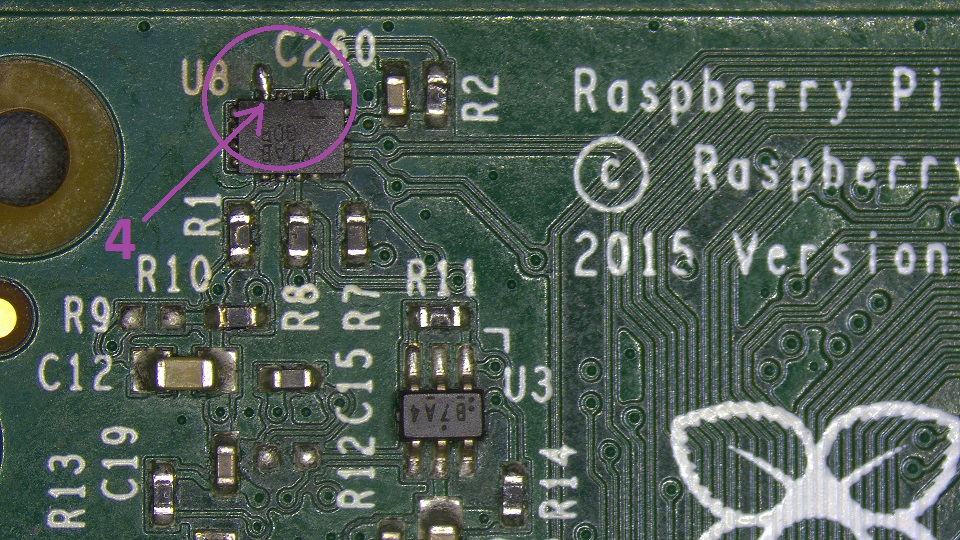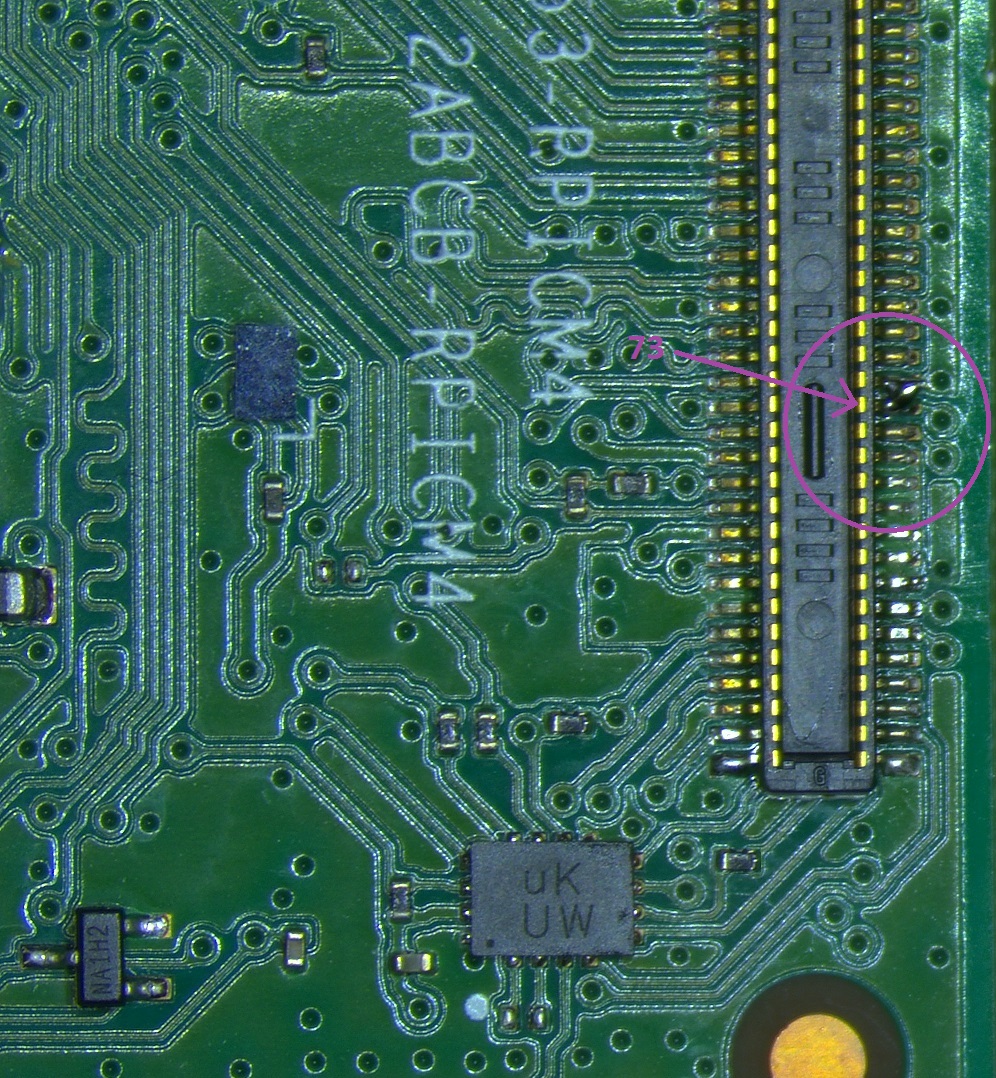Compute Module eMMC Modification (changes)
Showing changes from revision #2 to #3:
Added | Removed | Changed
Models affected
Starting at the CM3, the CM3+ and continuing with the CM4 there have been variants available with or without onboard eMMC.
eMMC is a semiconductor device soldered directly to the circuit board which acts very much like an SD card – it can be used to boot RISC OS from, or store files for day to day use.
Treatment by the filing systems
The key differentiator of eMMC is that it cannot be ejected from the socket because it’s soldered down (fixed media ), whereas an SD card can be (removable media ).
These 2 types of media are handled differently in software because FileCore allows multiple discs to be mounted and in use for a removable drive. It keeps track of which disc is currently inserted by polling the drive periodically and looking at the disc record for the disc it finds, optionally prompting the user to swap discs if it’s the wrong one.
Removable discs are also the reason why the drive icon doesn’t show the disc name under it; FileCore may be unsure exactly which disc is present.
With a fixed disc it knows exactly which one it is so can skip all the polling and prompting, and also display the disc name.
Modification requirement
Unfortunately the different variants of Compute Module report the same board identity whether they are fitted with eMMC or not, and the SD card filing system (SDFS) can’t deduce on its own whether the chip is soldered down or in a socket – they “look” the same, are on the same pins, and on the same bus.
The job of knowing these low level hardware details falls to the HAL. It also can’t deduce on its own which is which so needs a help by assigning meaning to a spare I/O line. With this, it is possible to signal to the HAL, and hence to SDFS, that you are certain that there is an eMMC chip fitted.
Modification details
The concept behind the modification is the same for both CM3 and CM4, though the exact place differs slightly due to their form factors being different. A spare I/O line must be held low at boot time – this is most easily achieved with a solder blob to ground on the respective pin.
The modification was first introduced in February 2017 so will only be acted upon for versions of RISC OS newer than that.
Caution: DO NOT signal a removable disc as fixed, this will almost certainly result in data being lost or corrupted if the card is ejected!
Change to make on a Compute Model Module 3 and 3+
The concept behind the modification is for a spare I/O line to be held low at boot time – this is most easily achieved with a solder blob to ground on the respective pin.
The modification was first introduced in February 2017 so will only be acted upon for versions of RISC OS newer than that.
U8 is an I/O expander, type FXL6408, which is surrounded by ground flood. Pin 4 of U8 is GPIO6. To denote “this board definitely has eMMC and it’s safe to treat it as a fixed disc” scrape a little solder resist off and use a blob of solder to join that to GPIO6 of U8.

Change to make on a Compute Model Module 4
The same Compute I/O Module expander 4 type includes FXL6408 is present, though the line chosen for CM3 and CM3+ has a conflicting one-time-programmable use flag, on defined CM4 at so has been moved to GPIO4, which is tracked to the inter factory, board connector. To denote “this board definitely has eMMC and it’s safe to treat denote it as a fixed disc” use a blob of solder to join pins 71 & 73 together which has the effect presence or absence of grounding eMMC. GPIO4.RISC OS will read this flag instead of needing a spare I/O line to signal the state.

